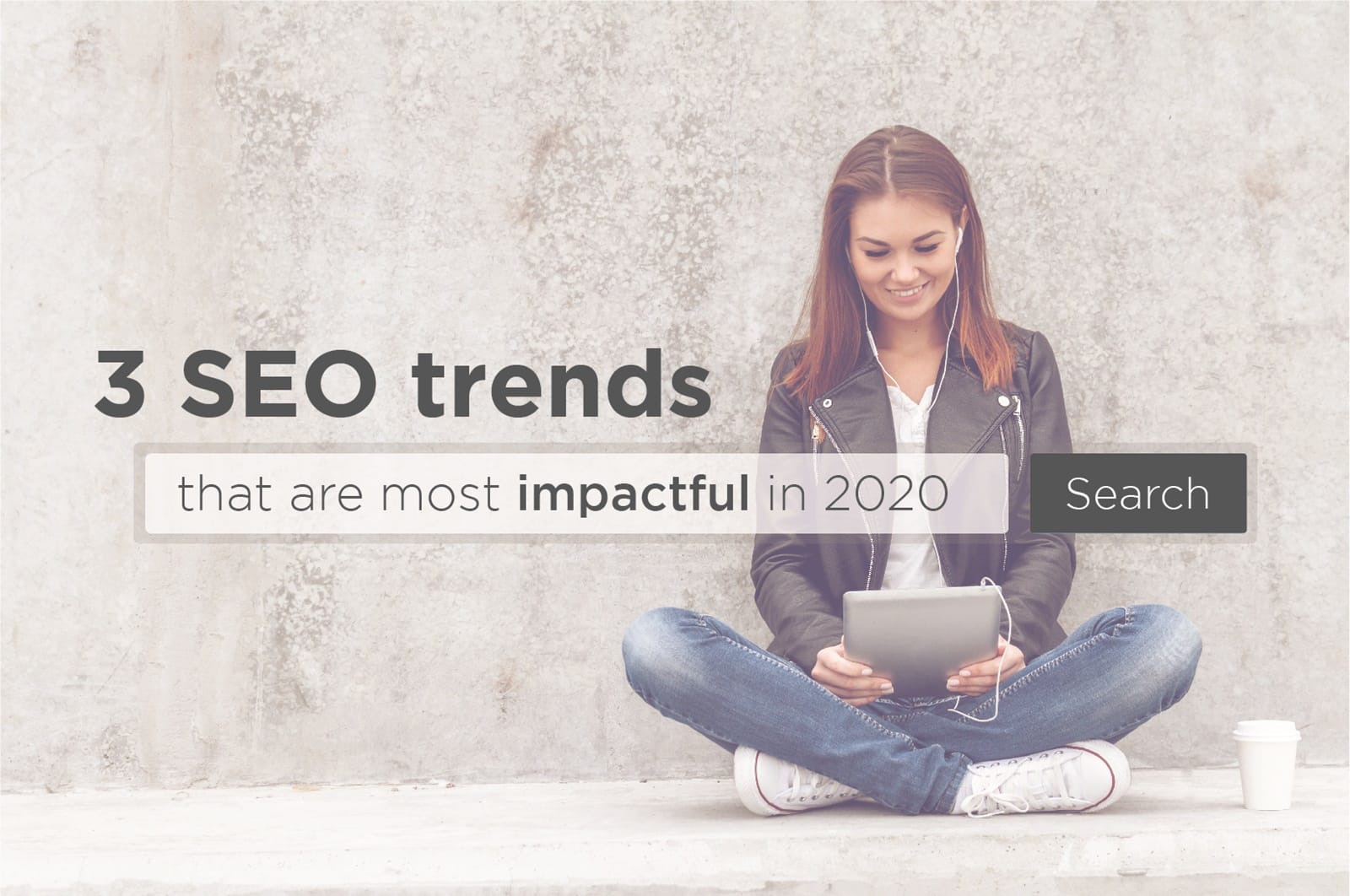Relevant content creation is the most effective SEO tactic!
51% of all website traffic still comes from organic search traffic- and this is according to a study by BrightEdge. However, producing great content is irrelevant if consumers are unable to find it.
Competition is fierce, and with the proliferation of websites in digital space, and thereby the explosion of content, it’s time to rethink your SEO strategy. Websites need to meet specific requirements set by search engines like Google, Yahoo, and that’s where SEO strategy becomes extremely important. Every time Google updates its search algorithm, SEO best practices must be examined and updated. Many technological advances have prompted a response from Google and other search engines, sending SEO professionals into a frenzy. So, to stay on top of the grid, Google is continuously optimizing its search algorithms to ensure they are indeed giving the best results to its users. As 2019 marches off and 2020 comes into sight, it’s essential to know and understand which new components are being added into Google’s search algorithms and which factors continue to be crucial in the next year, to develop an effective SEO strategy. Let’s look at 3 of these trends in the search engine space right now.
Read More: Want To Get More Leads? Unleash The Power Of Videos In Your B2B Marketing Strategy
Embracing User Experience:
If you want to get users to enjoy moving around online, voluntarily divulging data, and ultimately making the pages interesting for search engines, give them a good user experience. User experience is a vast topic that would go beyond discussing this. Google’s algorithm has become more smart and sophisticated, and it provides better, more relevant results. It also excludes poor quality content resulting from old discredited SEO practices like keyword stuffing and building spammed backlinks. Google now considers user experience and user engagement among its key metrics for SEO rankings. It is because the user experience is an excellent indicator of how good the website is along with the quality of the content. Accordingly, your website must have a high bounce rate, which is an indicator of the search engines like Google that the result was not useful, or it wasn’t what the user was looking for. And if this keeps repeating, Google will eventually rank the website lower in its results. There are other user-experience metrics that signal weak or inferior quality, such as dwell time, average session duration, page views, etc. All these combined communicates Google a picture of the quality of your website as a whole. Google’s aim then is to provide the best and the most relevant results to its users. It is why user experience is highly imperative and will continue to be such an essential factor.
Search by Voice:
With more users switching from desktop to mobile, and the increased use of smart home devices, users are turning to the voice search. According to a 2017 report by BrightLocal, 58% of consumers used voice search to find a local business. Also, ComScore predicts that by 2020, 50% of all online searches will be performed with voice search. As voice search technology keeps improving and enhancing the capabilities of connected devices, digital marketers can use the latest voice search statistics to identify new trends that reveal how our search habits continue to change.
Read More: Rise of Influencer Marketing
Search by Image:
Visual search is another significant trend to be seen in 2020. The human brain receives most of the information in visual form. Whatever we are buying online, we use our eyes to find what we want. Therefore, visual search transfers this to the online world. Google Lens and Pinterest Lens were launched in 2017, and around the same time, the ASOS Style Match application made its foray into the digital world. With the difference in functionality, these apps had a major common feature. It allowed users to snap or upload an image of an object and get the info about it or recommendations on similar products. By 2019, people would have addressed more than a million queries to Google Lens, which itself shows the growing popularity of visual search. Quite evidently, visual search has the potential for increasing transactions and prospects.
Conclusion
With the rise of image-based platforms, it has become relatively easy to get marketers’ attention. In other words, it has nudged us to think beyond just the text-based content. According to a report by Brightedge, images get a higher click-through rate in the search results than text pages do. Moving images work too! YouTube is the 2nd largest search engine. With the rise of mobile use, visual search is on an all-time high. The key is staying up to date with what’s working and what doesn’t anymore.
Read More: Email Marketing − Onwards And Upwards In The Mail Inbox

